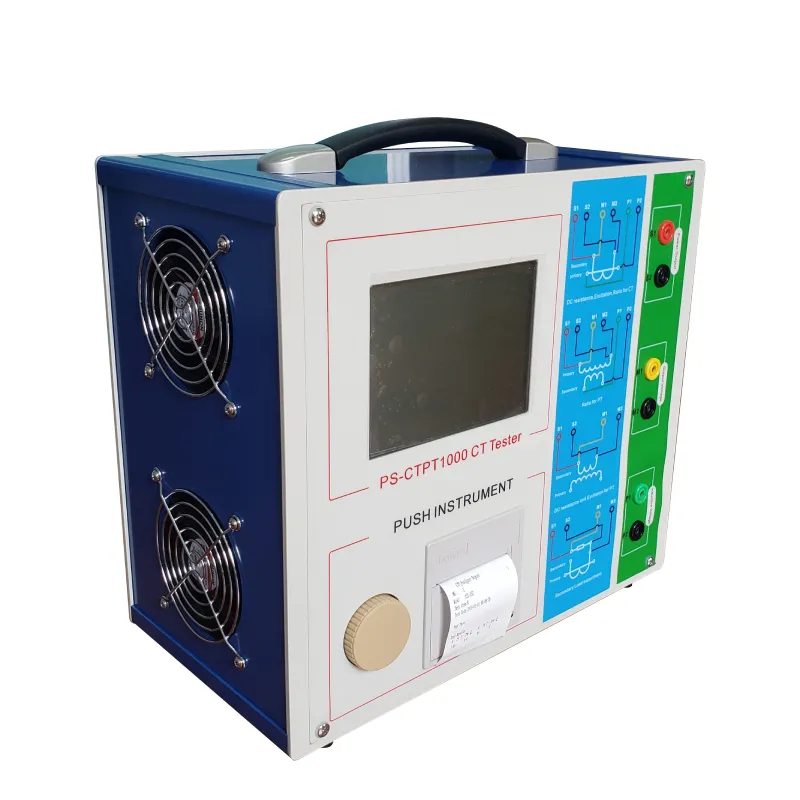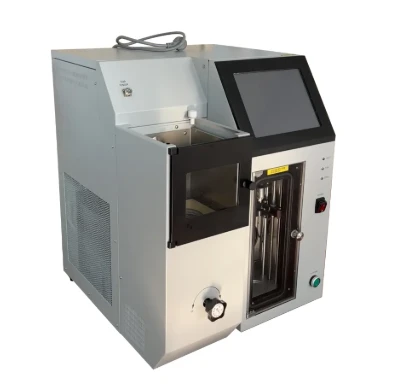 English
English



-
 Afrikaans
Afrikaans -
 Albanian
Albanian -
 Amharic
Amharic -
 Arabic
Arabic -
 Armenian
Armenian -
 Azerbaijani
Azerbaijani -
 Basque
Basque -
 Belarusian
Belarusian -
 Bengali
Bengali -
 Bosnian
Bosnian -
 Bulgarian
Bulgarian -
 Catalan
Catalan -
 Cebuano
Cebuano -
 China
China -
 China (Taiwan)
China (Taiwan) -
 Corsican
Corsican -
 Croatian
Croatian -
 Czech
Czech -
 Danish
Danish -
 Dutch
Dutch -
 English
English -
 Esperanto
Esperanto -
 Estonian
Estonian -
 Finnish
Finnish -
 French
French -
 Frisian
Frisian -
 Galician
Galician -
 Georgian
Georgian -
 German
German -
 Greek
Greek -
 Gujarati
Gujarati -
 Haitian Creole
Haitian Creole -
 hausa
hausa -
 hawaiian
hawaiian -
 Hebrew
Hebrew -
 Hindi
Hindi -
 Miao
Miao -
 Hungarian
Hungarian -
 Icelandic
Icelandic -
 igbo
igbo -
 Indonesian
Indonesian -
 irish
irish -
 Italian
Italian -
 Japanese
Japanese -
 Javanese
Javanese -
 Kannada
Kannada -
 kazakh
kazakh -
 Khmer
Khmer -
 Rwandese
Rwandese -
 Korean
Korean -
 Kurdish
Kurdish -
 Kyrgyz
Kyrgyz -
 Lao
Lao -
 Latin
Latin -
 Latvian
Latvian -
 Lithuanian
Lithuanian -
 Luxembourgish
Luxembourgish -
 Macedonian
Macedonian -
 Malgashi
Malgashi -
 Malay
Malay -
 Malayalam
Malayalam -
 Maltese
Maltese -
 Maori
Maori -
 Marathi
Marathi -
 Mongolian
Mongolian -
 Myanmar
Myanmar -
 Nepali
Nepali -
 Norwegian
Norwegian -
 Norwegian
Norwegian -
 Occitan
Occitan -
 Pashto
Pashto -
 Persian
Persian -
 Polish
Polish -
 Portuguese
Portuguese -
 Punjabi
Punjabi -
 Romanian
Romanian -
 Russian
Russian -
 Samoan
Samoan -
 Scottish Gaelic
Scottish Gaelic -
 Serbian
Serbian -
 Sesotho
Sesotho -
 Shona
Shona -
 Sindhi
Sindhi -
 Sinhala
Sinhala -
 Slovak
Slovak -
 Slovenian
Slovenian -
 Somali
Somali -
 Spanish
Spanish -
 Sundanese
Sundanese -
 Swahili
Swahili -
 Swedish
Swedish -
 Tagalog
Tagalog -
 Tajik
Tajik -
 Tamil
Tamil -
 Tatar
Tatar -
 Telugu
Telugu -
 Thai
Thai -
 Turkish
Turkish -
 Turkmen
Turkmen -
 Ukrainian
Ukrainian -
 Urdu
Urdu -
 Uighur
Uighur -
 Uzbek
Uzbek -
 Vietnamese
Vietnamese -
 Welsh
Welsh -
 Bantu
Bantu -
 Yiddish
Yiddish -
 Yoruba
Yoruba -
 Zulu
Zulu
Transformer Insulation Test Kits Accurate, Compliant & Reliable
- Fundamentals of transformer insulation test
ing - Critical factors impacting measurement accuracy
- Advanced diagnostic techniques beyond basic resistance
- Technical comparisons of modern test equipment
- Application-specific testing methodologies
- Case study: Preventative maintenance success story
- Implementation guidelines for reliability programs

(transformer insulation test)
Understanding Transformer Insulation Test Fundamentals
Insulation resistance evaluation forms the cornerstone of predictive maintenance for power transformers. This diagnostic procedure measures dielectric integrity between windings and grounding points using high-voltage DC test currents. Industry standards like IEEE 43-2013 mandate minimum insulation resistance values based on equipment voltage class - 5,000 megohms for 13.8kV units being typical, decreasing to 1,000 megohms for 2.4kV systems. Dielectric absorption ratio (DAR) and polarization index (PI) calculations provide deeper insights, with PI values below 1.25 indicating potential moisture ingress according to NETA acceptance criteria.
Critical Measurement Variables and Interpretation
Environmental conditions significantly impact insulation readings, necessitating temperature compensation adjustments. Data from EPRI demonstrates that every 10°C change alters readings by approximately 50%. Surface leakage currents caused by contamination require guarding techniques for accurate assessment. Modern test instruments automatically compensate for these variables, utilizing three-terminal measurement systems to isolate true volume resistance. Analysis considers historical trending patterns, where a 25% decrease from baseline measurements typically triggers investigative action. Stabilization time proves critical - readings taken before the 30-second mark yield unreliable diagnostic conclusions per ASTM D2865 guidelines.
Advanced Diagnostic Testing Procedures
Beyond basic polarization index, modern diagnostics incorporate time-domain spectroscopy and return voltage measurement techniques. These advanced methodologies reveal nuanced information about oil-paper composite degradation unseen in conventional testing. Dielectric response analysis measures frequency-dependent capacitance dissipation factors, pinpointing moisture distribution with ±0.5% accuracy in cellulose materials. Step voltage testing identifies conductive pathways at different stress levels, with >25% current increase between voltage steps indicating potential insulation weakness. Complementary tests including power factor and partial discharge analysis create comprehensive diagnostic matrices for condition assessment.
Comparative Analysis of Testing Equipment
| Feature | Megger MIT1525 | HV Technologies TURBO Series | Phenix Technologies TIFR-2 |
|---|---|---|---|
| Test Voltage Range | 50V-10kV | 100V-15kV | 250V-12kV |
| Measurement Accuracy | ±1%+2 digits | ±0.5%+1 digit | ±2%+3 digits |
| Automatic Guarding | Advanced Digital | Triple-stage Analog | Basic Filtering |
| Temperature Correction | AI-based algorithm | Standard Coefficient | Manual Input |
| Data Logging Capabilities | 5000 test records | Integrated Cloud | 100 test records |
Application-Specific Testing Methodologies
Power generation transformers require different approaches compared to distribution units, particularly regarding test voltages. Generator step-up (GSU) transformers necessitate 10kV minimum test voltages per IEEE recommendations, while distribution units typically require 2.5-5kV. Dry-type units demand lower voltage stress tests (500V-1kV) to avoid ionization damage. Specialized procedures address particular vulnerabilities: bushing collar tests for potential capacitive layer degradation, and controlled temperature rise measurements for load tap changers. Oil-filled units require comparative analysis before and after oil processing to distinguish between insulation and oil contamination issues.
Condition-Based Maintenance Implementation Case
A 345kV/138kV substation avoided catastrophic failure through systematic insulation testing. Initial polarization index measured 1.18 against the IEEE-required minimum 2.0, triggering detailed examination. Subsequent dielectric frequency response testing detected 3.5% moisture content in cellulose insulation - exceeding the critical 2.5% threshold. Controlled drying intervention reduced moisture to 1.2%, restoring PI to 3.8 after 72 hours. This proactive maintenance extended transformer lifespan by 12 years while avoiding $1.2 million replacement costs. Quarterly trending continued for predictive lifecycle management, demonstrating how baseline testing reduces unplanned outages by 65% according to CIGRE survey data.
Strategic Implementation for Power Transformer Insulation Testing
Developing a transformer insulation resistance test program requires methodical resource allocation. Initial baselining should cover all critical assets within 24 months, prioritizing units older than 15 years. Subsequent testing intervals follow risk-based schedules: annually for critical generation assets, biennially for transmission equipment, and triennially for distribution transformers. Automated test equipment with IEEE-standard algorithms improves repeatability, reducing human error by up to 37%. Data integration into computerized maintenance management systems enables predictive analytics, identifying degradation patterns before they reach critical failure thresholds. Organizations combining these protocols achieve 98% transformer reliability according to industry benchmarks.

(transformer insulation test)
FAQS on transformer insulation test
What is a power transformer insulation resistance test?
A: A power transformer insulation resistance test measures the integrity of insulation between windings and ground using a Megger. It identifies degradation or contamination in the insulation system. Results help assess the transformer’s health and predict potential failures.
How is a transformer winding insulation resistance test performed?
A: The test involves disconnecting the winding, applying a DC voltage (typically 500-5000V) with a Megger, and measuring resistance. Readings are compared against manufacturer standards or historical data. Temperature and humidity corrections are often applied for accuracy.
Why is an insulation resistance test for transformer maintenance critical?
A: It detects moisture, dirt, or aging in insulation that could lead to short circuits or breakdowns. Regular testing prevents unplanned outages and extends transformer lifespan. Poor results may trigger further diagnostics like polarization index tests.
What are acceptable insulation resistance values for transformers?
A: Acceptable values depend on voltage rating, size, and temperature (e.g., 1-10 GΩ or higher for dry insulation). IEEE 43-2013 provides guidelines for minimum resistance. A significant drop from baseline indicates insulation issues.
Can insulation resistance tests damage transformer windings?
A: Properly applied DC voltage poses minimal risk if within the transformer’s rated test limits. Excessive voltage or repeated testing on degraded insulation may cause stress. Always follow safety protocols and equipment specifications.
-
Ensuring Transformer Reliability with High-Precision Turns Ratio TestingNewsJul.18,2025
-
Ensuring SF₆ Gas Safety: Introducing PUSH’s Integrated SF₆ Analyzer for Dew Point, Purity, and Decomposition MonitoringNewsJul.10,2025
-
Exploring the Main Types of Industrial Endoscopes and Their Applications Across IndustriesNewsJul.04,2025
-
Testing Equipment Industry Sees Major Advancements in 2025: Smart & Precision Technologies Lead the WayNewsJun.06,2025
-
Applications of Direct Current Generators in Renewable Energy SystemsNewsJun.05,2025
-
Hipot Tester Calibration and Accuracy GuidelinesNewsJun.05,2025



